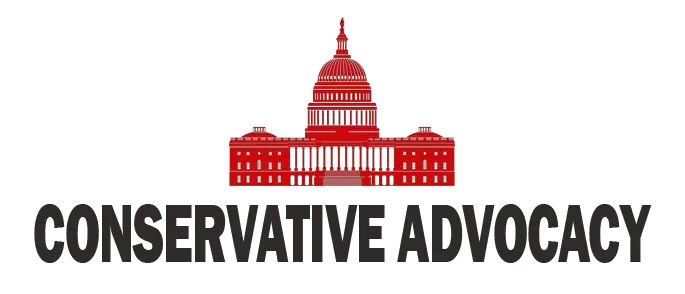The situation brewing between the United States and Iran is heating up, and onlookers are in for quite a spectacle. In less than an hour, Defense Secretary Pete Hegseth was scheduled to hold a briefing aimed at clarifying some smoke-and-mirrors tricks surrounding the recent U.S. strike on Iranian nuclear facilities. This comes right after a cease-fire deal with Israel, which has added an extra dash of spice to the already complex situation.
In the past few days, intelligence officials have been evaluating the impact of the 30,000-pound bombs dropped on Iran’s nuclear program. No small fry, those bombs could indeed deliver a hefty blow. CIA Director John Ratcliffe has claimed that evidence suggests the U.S. offensive successfully stunted Iran’s nuclear ambitions. Meanwhile, Tulsi Gabbard, Director of National Intelligence and rumored future presidential contender, reported that if Iran wants to revive its nuclear efforts, it would have to essentially start from scratch on three different facilities. That’s no easy task, and could take years! Although, let’s be honest, building nuclear reactors isn’t just like assembling IKEA furniture — it requires a little more time and expertise.
As the NATO summit continues, there’s been a palpable pushback on preliminary assessments issued that claimed the U.S. strike set back Iran’s program by merely months. A source told a Fox News reporter that this initial assessment stemmed from just a single day of information. That’s less than ideal when it comes to strategic evaluations. The President, meanwhile, confirmed that new intelligence is rolling in, suggesting that the damage done to Iran’s Fordow facility was significant. This is a critical point of contention in the ever-evolving diplomatic game.
The White House has decided to tighten the reins on the information shared with Congress, asserting that this move is necessary to get to the bottom of who leaked details about the strike. The Deputy Attorney General vowed to conduct a full investigation into the leak. The administration seems determined to be vigilant, ensuring that classified information is protected. If this leak turns out to be treasonous, the leaker will likely face serious consequences. With the tension already simmering, this might stir the pot even further.
Iran’s Supreme Leader was not one to remain silent, however. In a state television address, he proclaimed that the U.S. had launched this war to save Israel but achieved nothing substantial, which is quite the boast after enduring a focused attack. He even claimed that their military capabilities are close enough to U.S. bases that action could be taken if needed. Despite his fierce words, some experts argue that the Supreme Leader’s bravado may simply be a cover-up to maintain morale in spite of Iran’s setbacks.
As this situation unfolds, the stakes are undeniably high. Secretary Hegseth’s briefing is set to present what the administration deems “irrefutable evidence” of the strike’s success. After weeks of high-octane flying through enemy territory by brave American pilots, there’s a deep sense of pride and morale on their side, and the potential to save face following a highly publicized operation. With the press and even some Congress members eager to spin narratives for their own agendas, it seems like a wild ride ahead for everyone involved. The question is whether the Iranian regime will stay quiet or make a retaliatory move. Buckle up, folks!




